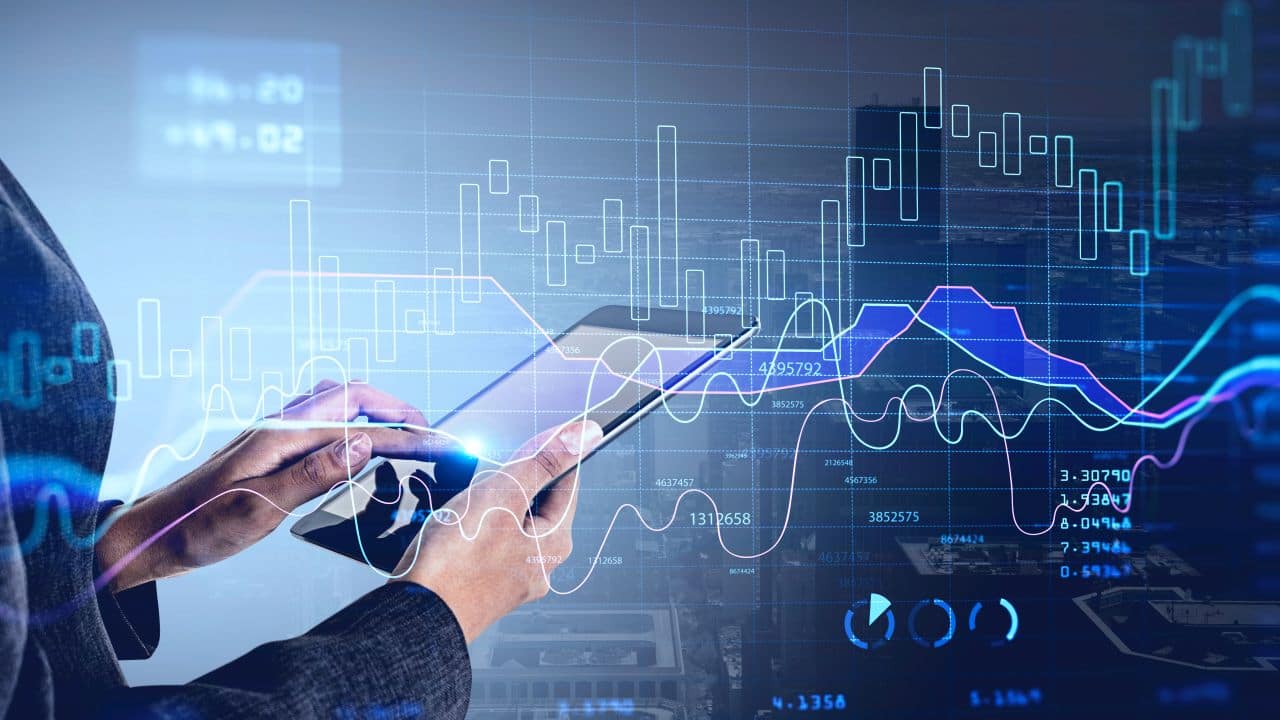How Open Interest data can be utilised in Equity Investments
Futures Open Interest data and its importance as an indicator of market expectations of momentum has been discussed. Good increment in OI is suggestive of incremental trading interest in a stock.
SHUBHAM AGARWAL | 11-Sep-21
Reading Time: 3 minutes

Open Interest (OI) - this word gets tossed around in our equity derivatives market discussions a lot. Financial data analysts do take Open Interest a.k.a. OI very seriously. Let us understand what it is and why it is so important.
Open Interest Data as the word suggests is the amount of interest on any derivatives instrument. The Indian equity derivatives market has two kinds of instruments - Futures and Options .
Options have further 2 varieties - Call and Put.
For today, let us concentrate on Futures. Most of us have traded in these futures but let us just refresh our memories. A Future is a contract where a buyer is obliged to buy and a Seller of a future is obliged to sell a certain quantity of a stock at a particular price at a pre-defined future date. Here are the stocks where futures/options can be traded, the quantity and the future date are decided by the exchange.
Now, while with the stocks there is a finite number of equity available and can be accounted for against their physical (now electronic) availability for trading, with derivatives, such accountability gets generated by total number of fresh contracts created. This does not necessarily mean total number of Buyers and Sellers. In this sense it is different from Volume.
Let us understand with the help of an example.
Mr. X Buys a Futures Contract, Mr. Y Sells a Futures contract.Volume = 1, Total OI = 1Then, Mr. A Buys a Futures Contract, Mr. B Sells a Futures contract.Volume = 2, Total OI = 2Afterwards, Mr. B Buys back the Futures contract and Mr. X Sells his Futures Contract.Now, Volume = 3 but Total OI = 1This is because one of the futures contracts got unwound. That's sumps up the brief on what is OI.
Now, this same example holds the essence of the analytics hidden into OI number as well. Despite of heavy volume activity only an increment in OI will give us reasonable evidence of incremental trading interest into a particular stock. Similarly lowering OI will signal loss of trading interest into a particular stock.
Now, let us try to incorporate the price into the entire mix. Imagine there is 10 per cent increment in stock futures OI and the stock for that day is up by 3 per cent. Is it safe to say that all those Mr. Xs and Mr. Ys who were buying futures were buying it with an intent to acquire it at an even higher price? In such a situation the overpowering buyers are pushing the price up. The reason for buying at even higher prices could be the very expectation that the stock has a short-term potential to rise, and one is anxious not to miss that expected momentum.
Similarly, consensus expectation of upcoming weakness can be sensed with a meaningful (10 percent+) rise in OI and above normal fall in the price of the stock.
To summarize the importance of OI data with a meaningful change in Price and OI following combinations can help us give the following respective indications of the consensus expectation of the forthcoming move.
OI Up + Price Up = Bullish
OI Up + Price Down= Bearish
OI Down + Price Down = Bulls Unwinding (Time to book Profit in Buy Trades) This data is generally meaningful when there is a preceding rally in the stock.
OI Down + Price Up = Bears Unwinding (Time to book Profit in Sell Trades)
This data is generally meaningful when there is a preceding fall in the stock.
There we have it, Futures OI data and its importance as an indicator of the market expectation of momentum.
Learn and read more about learn options trading from Quantsapp classroom which has been curated for understanding of technical indicator course from scratch, to enable option traders grasp the concepts practically and apply them in a data-driven trading approach.
Learn and read more about learn options trading from Quantsapp classroom which has been curated for understanding of technical indicator course from scratch, to enable option traders grasp the concepts practically and apply them in a data-driven trading approach.
Recent Articles

Evolve Your Trade: The missing step in most trading systems: Shubham Agarwal
06-Dec-25

Best trending option trading strategies: Shubham Agarwal
29-Nov-25

3 best ways to hedge using Options: Shubham Agarwal!
22-Nov-25

When in doubt to write, do Iron Fly: Shubham Agarwal!
15-Nov-25

Identify potential turning points with advance-decline: Shubham Agarwal
08-Nov-25

Slow and spreads more efficient: Shubham Agarwal
01-Nov-25

Use implied volatility as probable top finder: Shubham Agarwal
25-Oct-25

How to trade potential breakout post consolidation: Shubham Agarwal!
18-Oct-25

SHUBHAM AGARWAL is a CEO & Head of Research at Quantsapp Pvt. Ltd. He has been into many major kinds of market research and has been a programmer himself in Tens of programming languages. Earlier to the current position, Shubham has served for Motilal Oswal as Head of Quantitative, Technical & Derivatives Research and as a Technical Analyst at JM Financial.
Recent Articles

Evolve Your Trade: The missing step in most trading systems: Shubham Agarwal
06-Dec-25 20:43:00

Best trending option trading strategies: Shubham Agarwal
29-Nov-25 09:32:00

3 best ways to hedge using Options: Shubham Agarwal!
22-Nov-25 09:11:00

When in doubt to write, do Iron Fly: Shubham Agarwal!
15-Nov-25 10:48:00

Identify potential turning points with advance-decline: Shubham Agarwal
08-Nov-25 10:35:00

Slow and spreads more efficient: Shubham Agarwal
01-Nov-25 10:35:00

Use implied volatility as probable top finder: Shubham Agarwal
25-Oct-25 09:56:00











